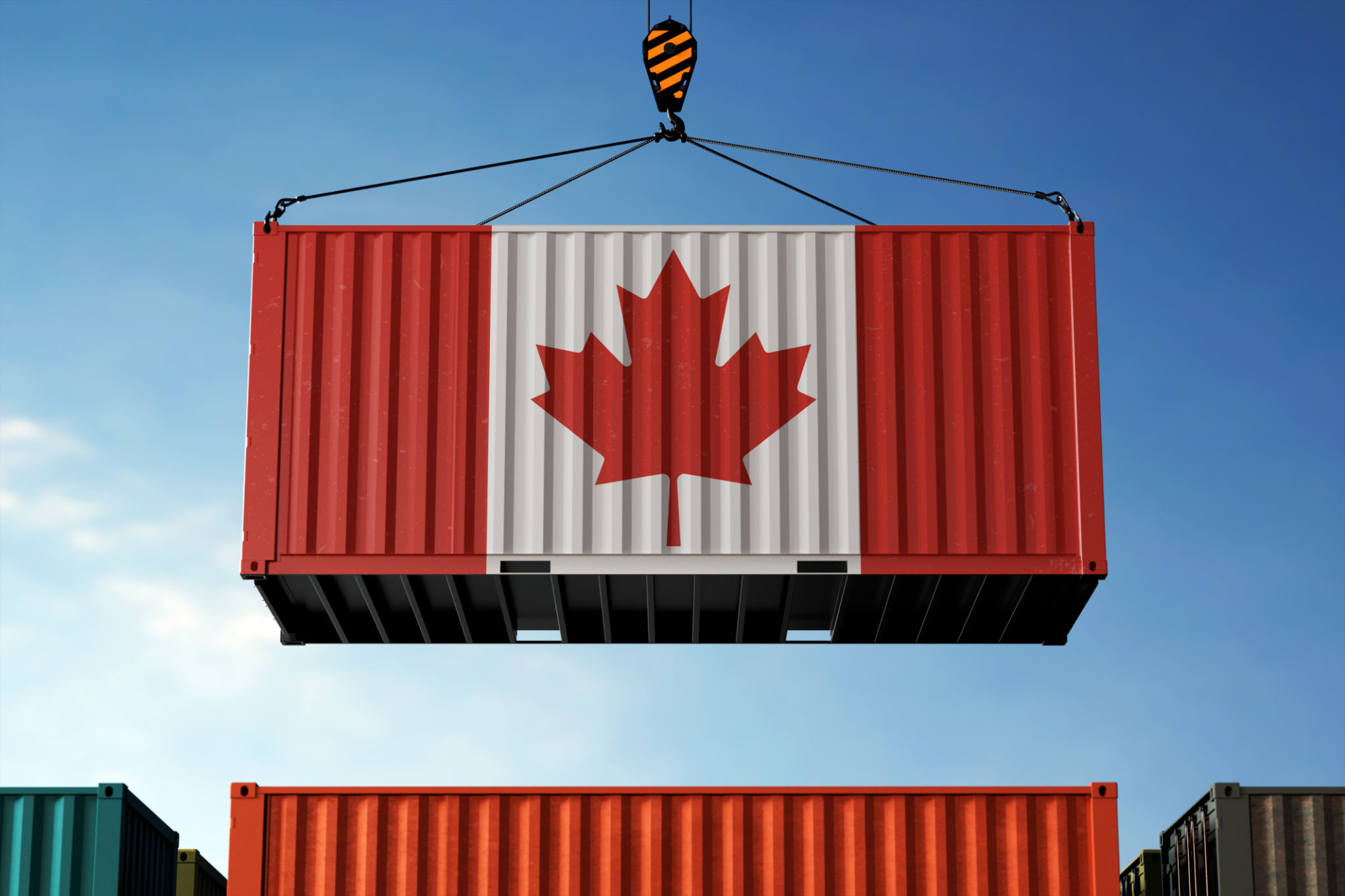Expert Tips for Reducing Port Dwell Time with Efficient Transloading
Understanding Port Dwell Time
Port dwell time is a critical metric for supply chain efficiency, representing the time cargo spends at a port from arrival to departure. Reducing port dwell time is essential for minimizing costs and improving the flow of goods. Efficient transloading, which involves transferring cargo from one mode of transportation to another, plays a vital role in reducing these delays.
Transloading can streamline logistics by allowing shipments to bypass potential bottlenecks and move smoothly through the supply chain. By implementing strategic transloading practices, businesses can significantly cut down on the time their cargo spends idling at ports.

Optimizing Transloading Operations
To efficiently reduce port dwell time, optimizing transloading operations is crucial. Here are some expert tips to achieve this:
Choose Strategic Transloading Locations
Selecting the right transloading locations is key to minimizing delays. Ideally, these sites should be close to major ports and transportation hubs, offering easy access to multiple transport modes. Proximity to key distribution centers can also enhance overall supply chain efficiency.
Leverage Technology and Automation
Incorporating technology and automation into transloading operations can streamline processes and reduce human error. Technologies such as real-time tracking systems and automated inventory management allow for better coordination and faster handling of goods.

Collaboration and Communication
Effective collaboration and communication are essential for reducing port dwell time. Establishing strong relationships with stakeholders, including port authorities, shipping companies, and logistics providers, ensures that everyone is aligned and working towards common goals.
Enhance Coordination with Stakeholders
Regular communication with all parties involved in the transloading process helps in anticipating potential issues and resolving them promptly. It also facilitates better planning and execution of logistics operations.
Implement Collaborative Planning Tools
Using collaborative planning tools can enhance visibility across the supply chain. These tools enable stakeholders to share information in real-time, reducing the risk of miscommunication and allowing for more effective decision-making.

Monitoring and Continuous Improvement
Monitoring performance metrics is crucial for identifying areas where transloading operations can be improved. Regularly reviewing these metrics allows businesses to make data-driven decisions to enhance efficiency.
Track Key Performance Indicators (KPIs)
Identifying relevant KPIs such as transit times, handling costs, and cargo volume throughput can provide insights into how well transloading processes are functioning. Understanding these metrics helps pinpoint inefficiencies that may contribute to longer dwell times.
Adapt and Innovate
Continuous improvement should be at the forefront of any supply chain strategy. By staying informed about industry trends and technologies, businesses can adapt and innovate their transloading operations to maintain a competitive edge.
By implementing these expert tips, businesses can effectively reduce port dwell time through efficient transloading, ensuring a smoother flow of goods and a more robust supply chain.
